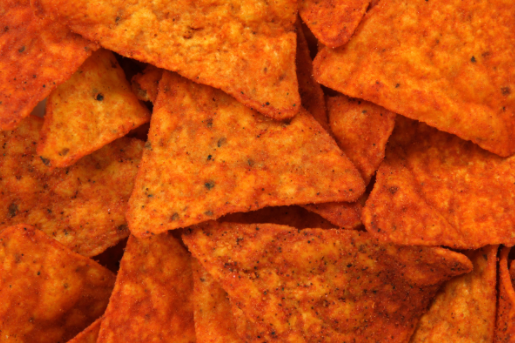Texture Analysis
Food texture contains a set of critical characteristics, not limited to and sometimes more important than the smell and taste. Texture characteristics are indicative of the food freshness and pose a choice criterion by consumers. Determining texture characteristics is an important tool for developing attractive and quality new foods. With the R&D support program, QACSFOOD laboratories support the research and development needs of the food industry.
Testing Methodology
The texture is evaluated either organoleptically or with the use of laboratory equipment. Organoleptically, texture is evaluated by appearance, touch, mouthfeel, chewing and swallowing. Laboratory measurements of texture characteristics are made using appropriate equipment, compression, shear and tensile devices, which clearly attribute a number of mechanical properties of the food in question.
Laboratory Texture Analysis
Toughness expresses the total force required for the food to be crispiness, crumbling resistance.
Firmness is expressed by the degree of deformation of the food before breaking.
Elasticity is measured by the degree of deformation and the rate of return to the original state.
Viscosity testing measures the spreadability. Spreadability is an an indicator for the management and the consumption of food.

